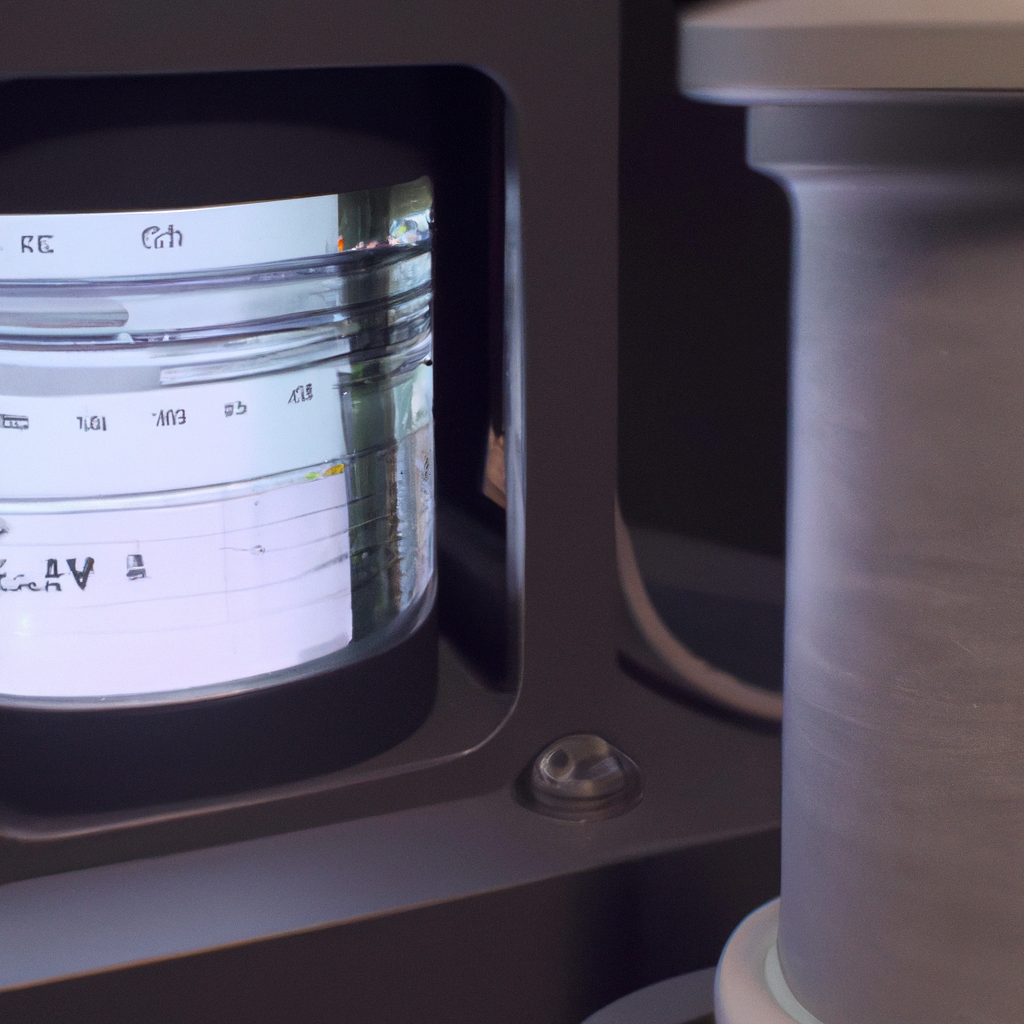A seismograph is an earthquake detector that measures seismic waves that are produced by seismic activity. These waves are caused by the movement of tectonic plates that make up the Earth’s crust. Seismic waves are responsible for the ground motion that occurs during an earthquake. Seismographs are used by geologists to monitor seismic activity and to measure the strength of earthquakes on the Richter scale. In this article, we will discuss how seismographs work and their importance in detecting natural disasters.
How does a seismograph work?
A seismograph is a device that detects and measures ground motion caused by seismic waves. The device consists of a seismometer, which is a sensor that detects the motion of the ground, and a recording instrument that records the motion. The seismometer is typically housed in a heavy metal case that is buried in the ground to prevent outside motion from affecting the sensor.
When seismic waves pass through the Earth’s crust and reach the seismometer, they cause the ground to move. The seismometer detects this motion and converts it into an electrical signal. The recording instrument then records this signal on a piece of paper or tape, which shows the motion of the ground over time.
Types of Seismographs
There are two main types of seismographs: analog and digital.
Analog seismographs use a pen or stylus to record the motion of the ground on a piece of paper or chart. The paper is attached to a rotating drum that moves at a constant speed. The pen is suspended from a spring or wire and moves up and down as the ground moves. This movement is recorded on the paper, creating a graph of the ground motion over time.
Digital seismographs use electronic sensors to detect ground motion and convert it into a digital signal. The signal is then recorded on a computer chip or hard drive. Digital seismographs are more accurate and reliable than analog seismographs and can record data for longer periods of time.
Importance of Seismographs
Seismographs are an important tool for geologists to monitor and study seismic activity. By analyzing the data recorded by seismographs, scientists can learn more about the Earth’s structure and the movements of tectonic plates. Seismographs also help scientists to determine the location and strength of earthquakes, which is important for predicting and preparing for natural disasters.
Richter Scale
The Richter scale is a logarithmic scale used to measure the strength of earthquakes. The scale ranges from 0 to 10, with each whole number representing a tenfold increase in the strength of an earthquake. For example, an earthquake with a magnitude of 7.0 is ten times stronger than an earthquake with a magnitude of 6.0.
The Richter scale is based on the amplitude of the seismic waves recorded by a seismograph. The amplitude is the height of the waves on the recording, which is proportional to the energy released by the earthquake. The magnitude of an earthquake can also be calculated using other methods, such as the moment magnitude scale, which takes into account the total energy released by the earthquake.
Conclusion
Seismographs are an essential tool for geologists to monitor seismic activity and to measure the strength of earthquakes. They work by detecting the motion of the ground caused by seismic waves and recording this motion on a piece of paper or digital device. Seismographs are important for predicting and preparing for natural disasters and for studying the structure of the Earth. The Richter scale is used to measure the strength of earthquakes and is based on the amplitude of the seismic waves recorded by a seismograph. Seismographs continue to play a vital role in our understanding and preparation for natural disasters.







